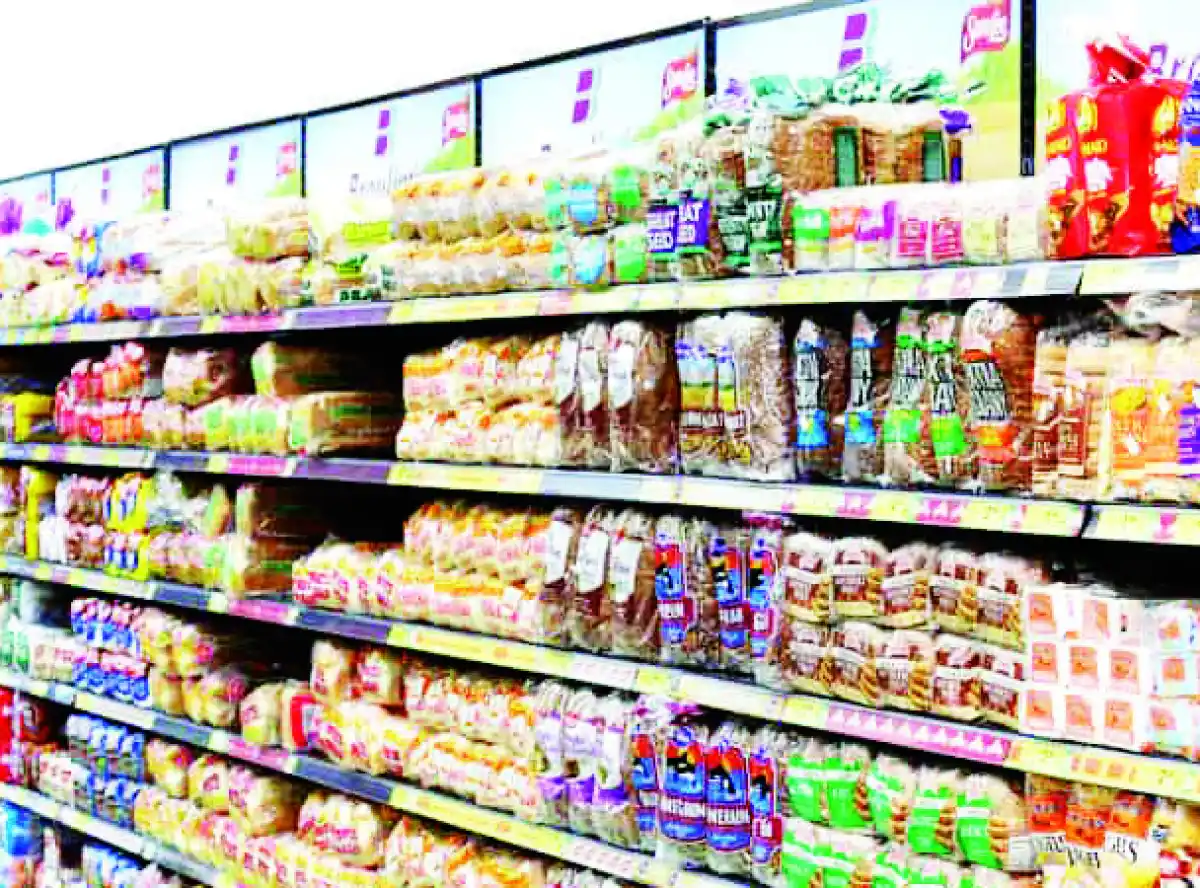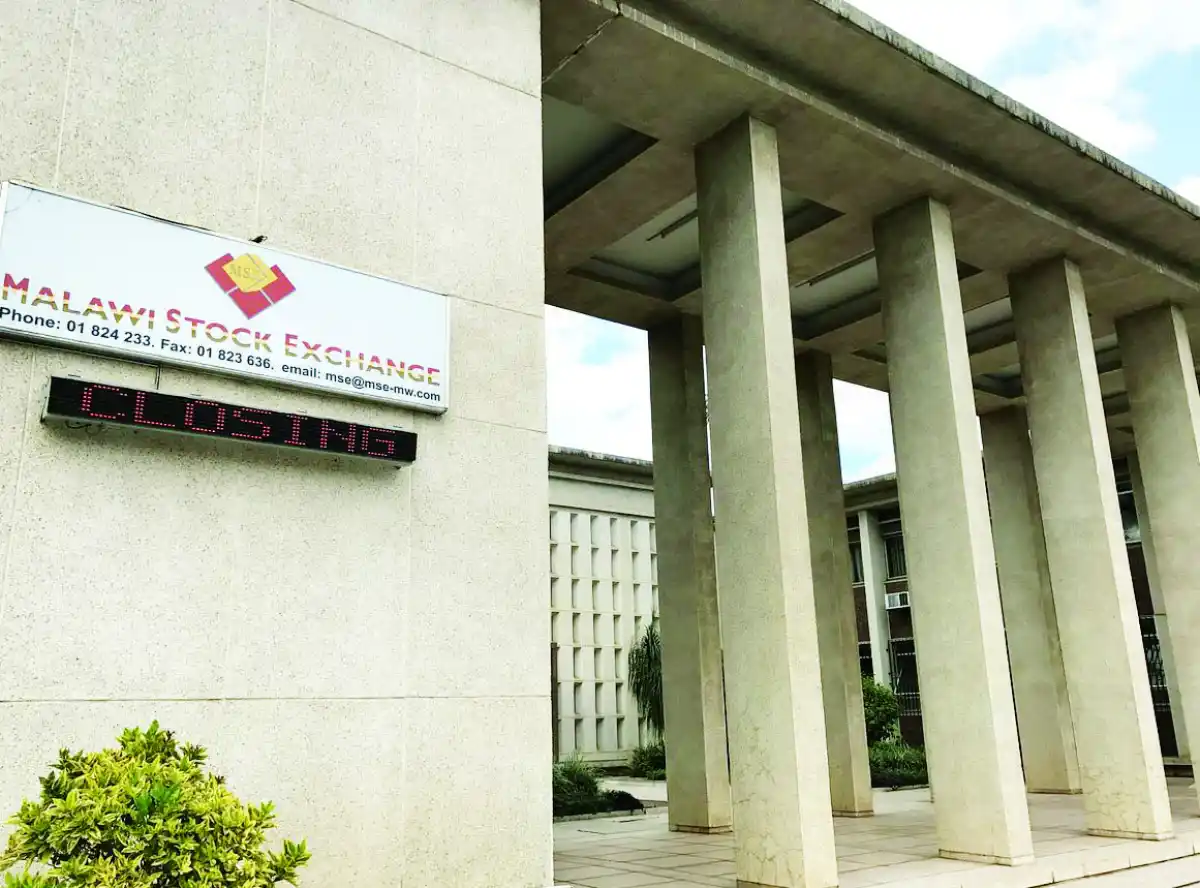
By Benadetta Chiwanda Mia & Chimwemwe Mangazi:
The year-on-year inflation rate for September 2024 surged to 34.3 percent, up from 33.9 percent in August, the Consumer Price Indices of the National Statistics Office show.
Amid the exerted inflationary pressure, the Reserve Bank of Malawi (RBM), however, maintains its five percent inflation target for the medium term.
The September increase is attributed to a rise in food inflation, which rose to 43.5 percent in September from 42 percent in August, while non-food inflation saw a slight decrease from 22.7 percent to 21.8 percent.
The report also highlights a national month-to-month inflation rate of 1.9 percent for September. Food inflation recorded a rate of 2.5 percent, whereas non-food items increased by 0.8 percent.
In urban areas, the overall month-to-month inflation rate was at 1.4 percent, with food and non-food inflation rates at 1.7 percent and 1.1 percent, respectively.
Rural areas experienced a 2.1 percent month-to-month inflation rate in the month under review, with food inflation at 2.9 percent and non-food inflation at 0.7 percent.
Economic Association of Malawi President Bertha Chikadza, said the rise in inflation reflects ongoing pressures within the economy.
“If food availability could be improved in areas currently facing shortages, food inflation could significantly decrease, which would in turn reduce overall inflation,” Chikadza noted.
“If supply chain issues or structural weaknesses continue, we may see inflation remain high or even increase. However, improvements in currency stability or better food and fuel availability could lead to a gradual easing,” she said.
Consumers Association of Malawi Executive Director John Kapito said rising inflation signals a lack of sufficient effort to boost the country’s production capacity.
“Currently, much of our activity is consumption-based. We do not have anything to cash on or to support our expenditure. We are a country that is spending money, money that we also do not have, because much of it is being borrowed from the market,” Kapito said.
Meanwhile, in an interview yesterday, RBM spokesperson Mark Lungu said while projections may change due to various economic developments, the central bank remains focussed on its medium to long-term objective.
Lungu acknowledged that recent projections, influenced by factors such as food supply shortages and climate-related issues have pushed inflation estimates higher but that such short-term fluctuations would not alter the bank’s strategic aims.
He added that the RBM’s stance aligns with regional economic goals, as across the Southern African Development Community, countries are aiming for inflation rates between 5 and 7 percent.
“We may delay getting there, but that’s what we think will be good for the economy. Projections may change depending on what we see. For example, we think by December we will be around 30 percent or thereabout because of the situation on the ground,” Lungu said.
Malawi, being a member of Sadc, has a target to attain a 5 percent inflation rate in line with the bloc’s mandate of strengthening regional integration through macroeconomic convergence.
Between August 2020 and September 2024, the inflation rate has moved from 7.6 percent to 34.3 percent representing a 26.7 percentage point jump.








0 Comments